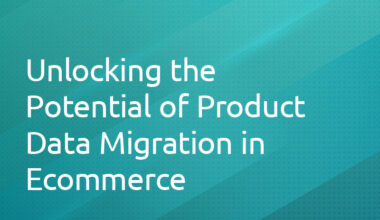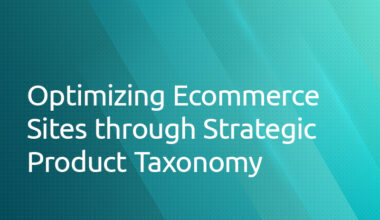It is crucial for businesses to stay ahead of the curve in order to maintain competitiveness in the retail sector. One strategy that can bring significant improvements is product data migration – the process of transferring product information from one system to another. Although the process might seem daunting, with careful planning and execution, it can lead to remarkable operational efficiencies and enhanced customer experiences. This guide aims to provide retailers with a comprehensive understanding of effective product data migration.
The Importance of Product Data Migration
Product data, ranging from basic details such as product names and prices, to more complex data like specifications, images, and customer reviews, is a valuable asset for any retailer. Migrating this data to advanced systems not only enhances data management capabilities but also facilitates integration of sophisticated technologies such as AI and machine learning for improved product recommendations and personalization.
Mapping Out the Migration Plan
A successful product data migration begins with comprehensive planning. This involves identifying the data to be migrated and understanding its current format and structure. Subsequently, a detailed mapping plan should be developed which outlines the correspondence between each data field in the source and target systems.
Deciding on a Migration Strategy
There are several ways to carry out product data migration: manual, automated, or a hybrid of both. The choice largely hinges on the data volume, the complexity of the data structures, and available resources. While manual migration provides a higher degree of control, it can be laborious and prone to errors. Conversely, automated tools can expedite the process but may require technical expertise to manage unexpected challenges.
Maintaining Data Integrity
One of the key concerns during any data migration process is data integrity. It’s imperative to ensure that the migrated data remains accurate, complete, and consistent. Rigorous post-migration testing and validation is necessary to achieve this. Employing tools that can compare the source and target data, verify data completeness, and check data accuracy can be highly beneficial in this phase.
Harnessing the Power of Data Post-Migration
Upon successful completion of the migration process, the true potential of the newly positioned data can be unleashed. By utilizing the features of the advanced system to the fullest, businesses can reap multiple benefits such as improved product search and discovery, integration of AI-driven tools for personalization, and access to advanced analytics for better decision-making.
Product data migration is not merely a technical task, it’s a strategic initiative that can significantly transform a retail business’s operational effectiveness. By implementing the right strategies, using suitable tools, and following a well-planned approach, retailers can ensure a smooth migration process, ultimately unlocking the potential of their product data for business growth and improved customer satisfaction.
 1.416.619.5349 Ext.325
1.416.619.5349 Ext.325 







